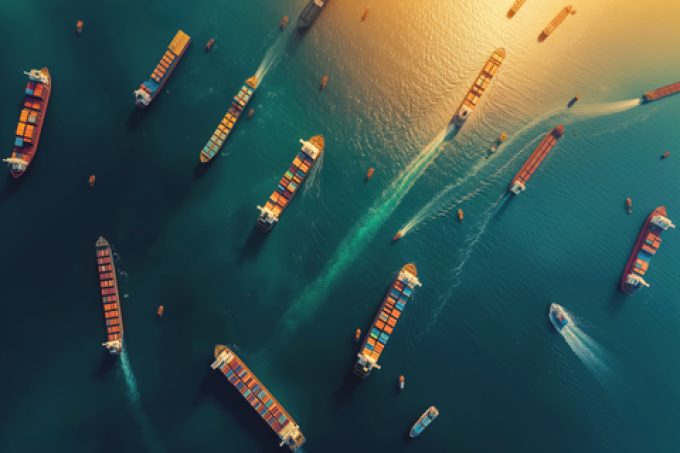South African ports handling more boxes, but challenges remain
Despite handling the highest throughput since 2017/18, South Africa’s ports last week continued beset by ...

The latest port congestion data reveals that shippers are grappling with extensive dwell times as the Red Sea crisis continues to take its toll.
Today, Danish carrier Maersk warned customers it had to “implement recovery measures in the US to ensure schedule integrity” on its ...


Comment on this article